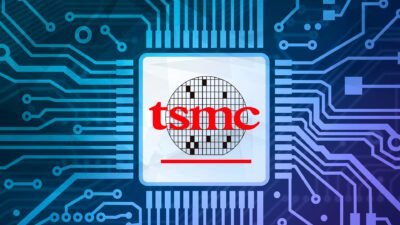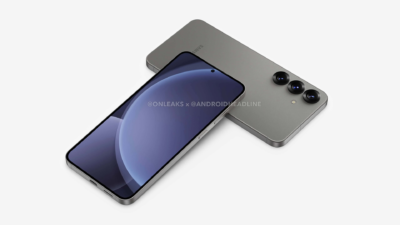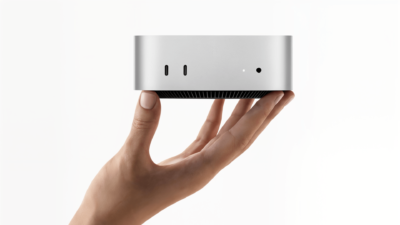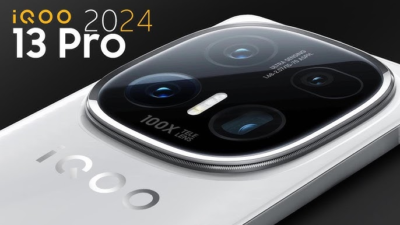Demo: Phison E26 with Micron 232-layer NAND on Ryzen 7000
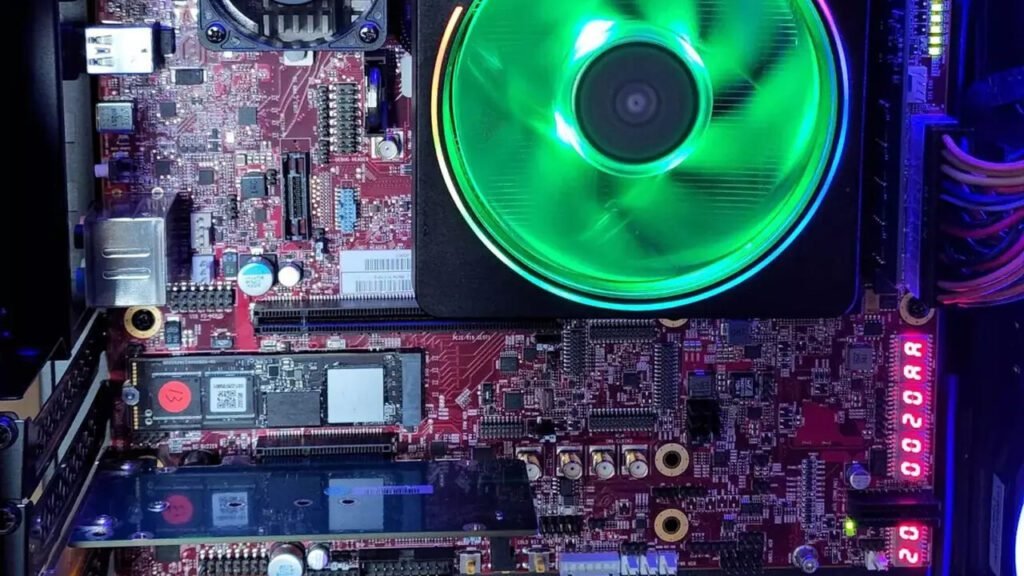
At the Flash Memory Summit 2022, SSD controller manufacturer Phison took the opportunity to showcase the performance of its E26 controller with PCI Express 5.0. Other innovations were used in the test system with a Ryzen 7000 processor and the Micron 232-layer 3D NAND.
First of all, the performance demo itself at about 10 GB/s in sequential read and write according to a CrystalDiskMark screenshot isn’t very impressive. Phison was already able to show more than 12 GB/s during a demo at the end of May; the chip should even reach 13.5 GB/s at its peak, this comes (via Tom’s Hardware)
A Ryzen 7000 in “the wild”
What’s going on around it is interesting though, because as Tom’s Hardware reports, the system was equipped with a CPU from AMD’s upcoming Ryzen 7000 series. The processor with the new Zen 4 architecture should have 6 cores and 12 threads and be identified as 100-000000593-20_Y. The technical example, which was found a few days ago in a controversial CPU benchmark database, has the same identifier had appeared. Obviously, this is a pre-production chip of the expected Ryzen 5 7600X.
Micron’s 232-layer NAND requires fine-tuning
The third novelty in the group is the 3D NAND used on the SSD prototype: here should be used Micron’s new 232-layer 3D NAND, which has only recently entered mass production. Since this is supposed to work even faster than the same manufacturer’s 176-layer NAND, the demo result is surprisingly weak. However, Phison explained that this combination has yet to be tested and optimized. In addition, for the highest performance, a cooler is needed, which was missing from the “naked” demo SSD in M.2 2280 format.
The PCIe 5.0 SSD era should start in September
In September, the first PCIe 5.0 consumer SSDs will appear with the Phison E26 alongside AMD’s new desktop platform. AMD had already promised solutions from various manufacturers, which simultaneously provide arguments for switching to the new AM5 platform with PCIe 5.0.
Research Snipers is currently covering all technology news including Google, Apple, Android, Xiaomi, Huawei, Samsung News, and More. Research Snipers has decade of experience in breaking technology news, covering latest trends in tech news, and recent developments.

